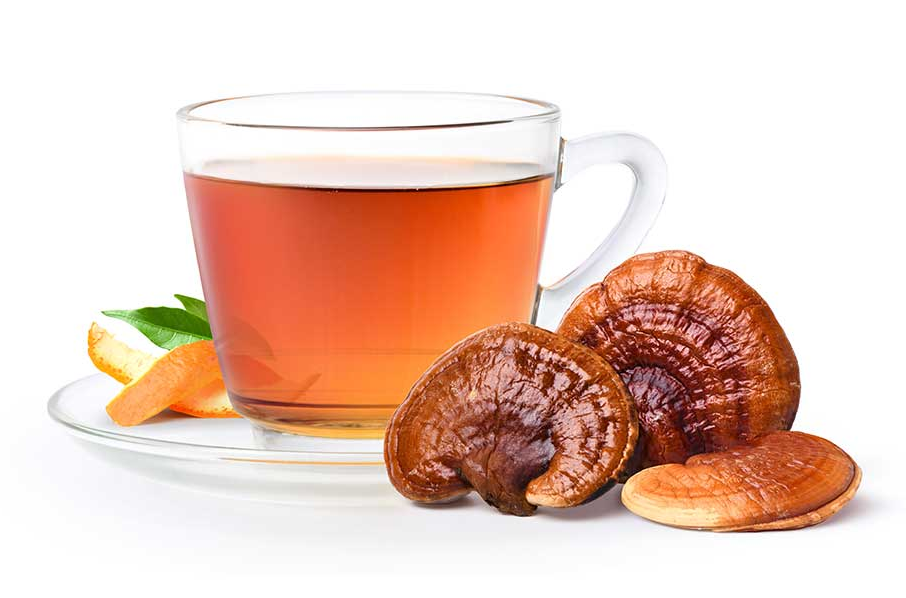
The Corn Conundrum
December 18, 2023
Have you ever heard corn is not great for you? Wait, a veggie…not great for you? I get it but keep reading. What about high-fructose corn syrup? Probably more familiar, right. I always like to go back to the root cause of dis-eases and food…which causes the dis-ease.
The Corn Conundrum…
Welp, getting right to it. Corn contains phytic acid.
What’s phytic acid, you ask?
Phytic acid (or phytate) is a natural antioxidant that is found in animal foods as well as plants. And although antioxidants are good for us (reverse age, reduce risks of dis-ease, etc.), phytates are an acid. Acidic foods cause much damage to the body; i.e. bone and muscle deterioration, kidney stones, etc. They also bring your pH levels down which makes you more susceptible to all types of dis-eases including cancer and STD’s.
Why is phytic acid so bad?
I’m glad you asked! Phytic acid is considered anti-nutrient. The bad thing about being antinutrient is that it robs you of your minerals. As it travels through your body, it literally binds itself with iron, zinc, calcium and more, making you depleted of so many benefits. So that kale salad you had with many other alkaline-electric elements in it, but you added corn to it, you may as well had a cookie. That corn just robbed you of the goodness you just put inside. I know, I know. It’s so sad. And with more holidays coming up, what are you going to do about your Cornbread Dressing?
Come on now, you know I got your back! Check out my “No Cornbread Dressin’” recipe in my Alkaline-Electric Holiday Comfort Classics, vol. 1. There are soooooooo many reasons why you should be eating Electric foods as much as possible!
Do you realize just how much corn you’re eating, which means you’re deficient. Here are are some foods you probably didn’t realize has corn:
Several popular foods contain corn and phytic acid, potentially influencing mineral absorption in the body. Corn-based products and derivatives are prevalent in many diets. Here are some examples:
Cornbread, Cornmeal, and Corn Flour: Commonly used in baking and cooking, these are primary ingredients in cornbread, tortillas, and various snacks.
Corn Tortillas: A staple in many Latin American and Mexican cuisines, corn tortillas are made from corn masa and are a significant source of phytic acid.
Corn Chips and Snacks: Many popular snacks, such as corn chips and corn-based cereals, can contribute to dietary phytic acid intake.
Corn-Based Breakfast Cereals: Some breakfast cereals are made with corn and may contain phytic acid.
Popcorn: A popular snack, popcorn is a whole grain derived from corn and contains phytic acid.
Cornstarch: Widely used as a thickening agent in cooking and baking, cornstarch is another source of phytic acid.
Corn Oil: While the oil itself doesn't contain phytic acid, the refining process may remove some nutrients, and diets high in refined oils might be associated with imbalances in nutrient absorption.
Corn Syrup and High-Fructose Corn Syrup: These are common sweeteners derived from corn and are used in a wide range of processed foods and beverages.
Top 20 Common foods
where these sweeteners are often found:
Soda/Soft Drinks: Many carbonated beverages, including colas and other sodas, contain HFCS as a primary sweetener.
Candy and Confectionery: Various candies, chocolates, and sweet treats often use corn syrup or HFCS to enhance sweetness and texture.
Breakfast Cereals: Some breakfast cereals, especially those marketed to children, may contain corn syrup or HFCS.
Baked Goods: Many commercially produced baked goods, such as cakes, cookies, and pastries, use corn syrup or HFCS as sweeteners.
Fruit Juices and Drinks: Some fruit juices and fruit-flavored beverages contain added sweeteners, including corn syrup and HFCS.
Condiments: Sauces like ketchup, barbecue sauce, and salad dressings can contain corn syrup or HFCS.
Yogurt: Flavored yogurts, especially those with fruit or sweetened toppings, may contain corn syrup or HFCS.
Canned Fruits: Certain canned fruits and fruit cocktail mixes may have added corn syrup for sweetness.
Ice Cream and Frozen Desserts: Some ice creams and frozen treats use corn syrup or HFCS to enhance sweetness and texture.
Energy Drinks: Many energy drinks and sports beverages contain sweeteners like HFCS for added taste.
Canned Soups: Some canned soups, especially those with a sweet or savory flavor profile, may contain corn syrup.
Granola Bars: Certain granola bars and cereal bars may use corn syrup or HFCS as a binding and sweetening agent.
Flavored Yogurt and Dairy Desserts: Desserts and yogurt products with added flavors and sweeteners may contain corn syrup.
Bread and Bakery Products: Some commercially produced bread and baked goods may contain corn syrup or HFCS.
Pancake Syrup and Maple Syrup Alternatives: Some pancake syrups and syrup alternatives may use corn syrup or HFCS as a sweetening agent.
Canned Vegetables: Certain canned vegetable products, especially those with sweet glazes or sauces, may contain corn syrup.
Instant Oatmeal: Flavored instant oatmeal packets may contain added sweeteners, including corn syrup.
Processed Meats: Some processed meats, such as sausages and glazed hams, may contain corn syrup for flavor.
Prepared Sauces: Various cooking sauces, including sweet and sour sauce, teriyaki sauce, and certain pasta sauces, may contain corn syrup or HFCS.
Salad Dressings: Some salad dressings, especially those with sweet flavor profiles, may contain corn syrup or HFCS.
It's essential for you to read food labels to identify the presence of corn syrup and HFCS in products and make informed choices about your LIVEtary intake.
Recent Articles

The truth about Sea Moss
November 30, 2022
Vitamins...a man-made system??
December 01, 2022

Toxicity to Homosexuality
January 02, 2023

Benefits of Reishi Tea
January 08, 2023
